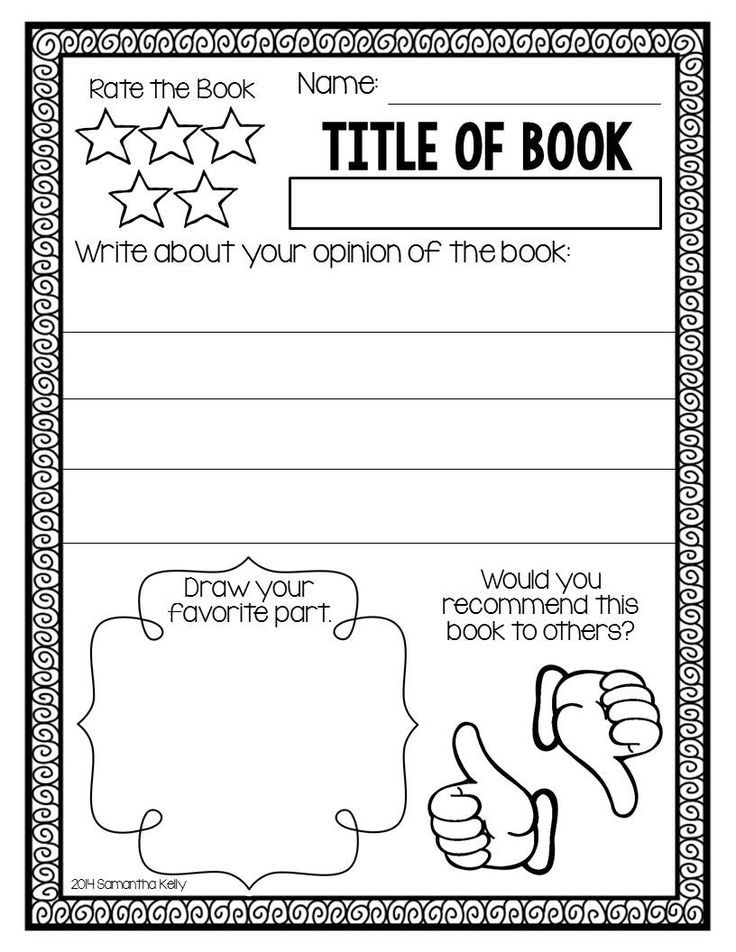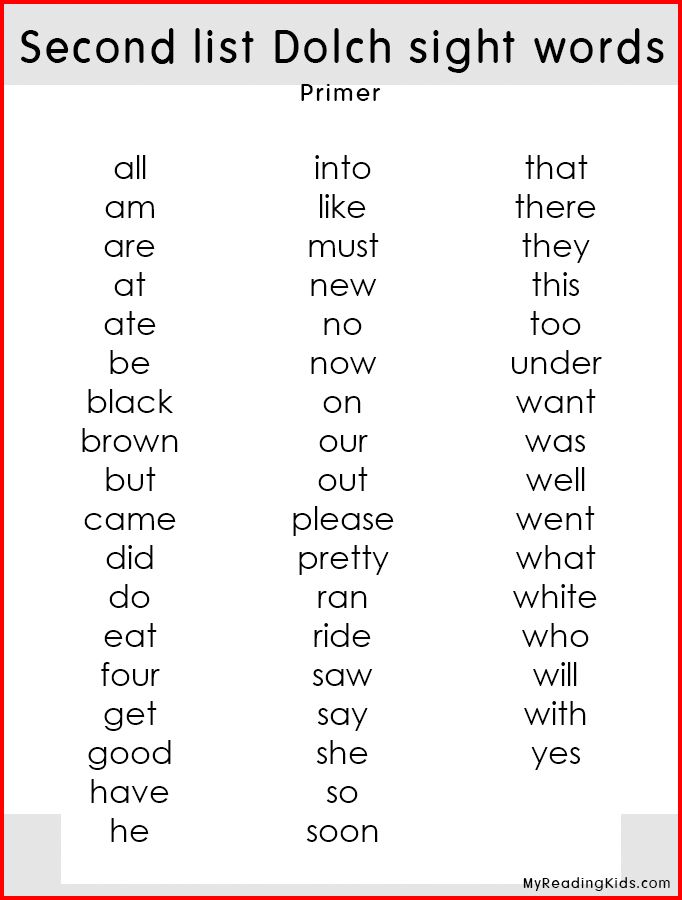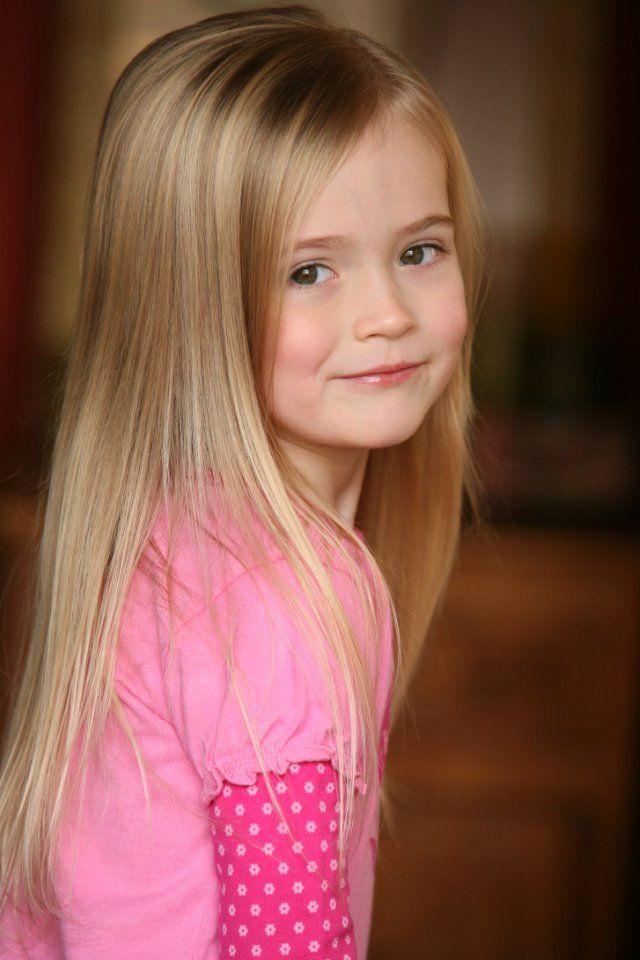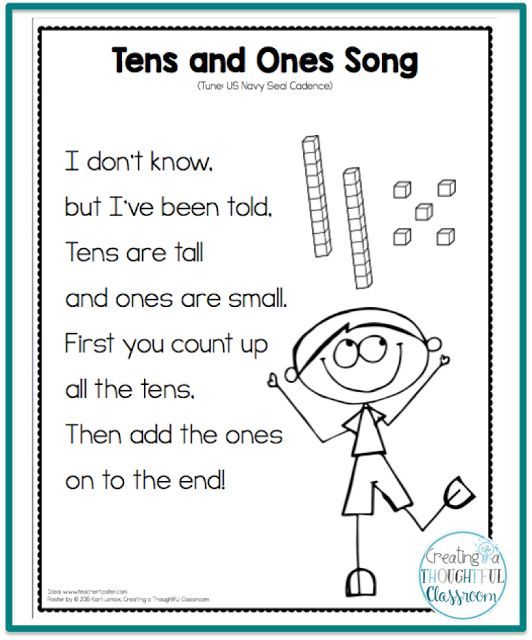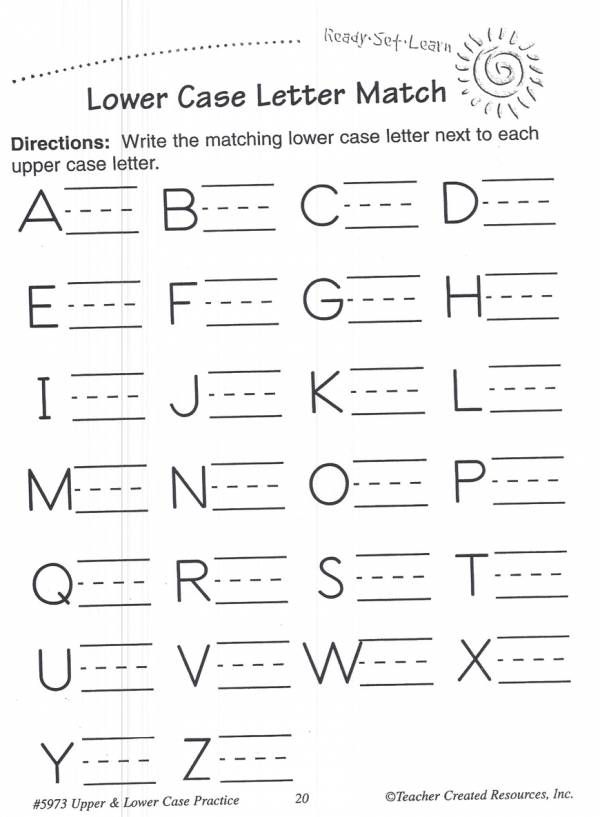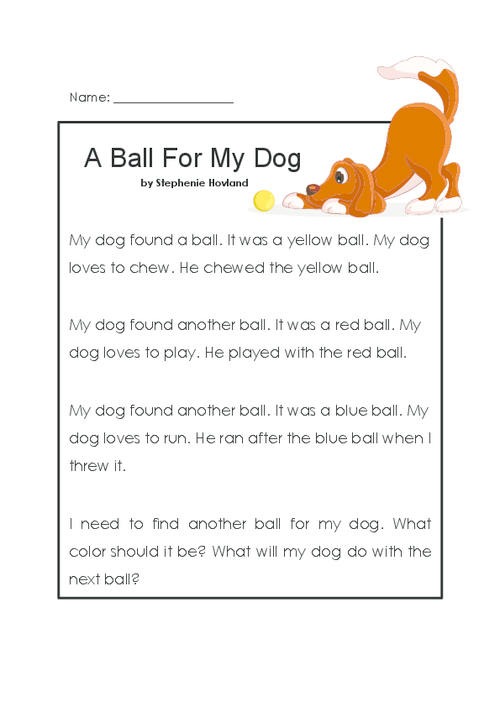Kids learn color
Colors for Kids: Teaching Colors to Children
Children usually learn about color during their preschool years. The ability to identify colors is considered a marker and milestone in a child’s cognitive process and is often part of early screening for development and educational admittance. Recognizing the colors and identifying the color names is an important part of a child’s development. Early identification of colors helps to create the cognitive link between visual clues and words.
Tips on Teaching Children Colors
Children need to first acquire informational pieces before they can begin to understand color as a concept. It might seem simple as blue is blue, before the concept of color is understood. Children don’t have the ability to understand that light blue and navy are both blue and they also lack the verbal skills to explain that to you. Along with learning what each color is called, children need to understand what color represents; it’s not size, nor shape, nor the name of the object, nor the texture, not the number of things showing.
Constant repetition and expanding on what colors are and what they are not will help any child understand what the actual word color means.
After that, teaching colors to children is usually easy. Children are naturally attracted to bright colors, which is why most toys and activities geared towards younger children, including toddlers and babies, are brightly colored. During the preschool years, children have a natural affinity to understand their world around them. Surrounded by a world of color it is easy to use daily opportunities to discuss colors. Of course, since teaching color recognition to children is so important, there are many tools that can be used by parents and educators alike to help children learn about color.
Learning About Colors Through Children’s Books
There are numerous children’s books to teach children about color form. The “chunky books” such as the “Happy Baby” series that usually mark a baby’s first “reading” experience, are books that are very educationally minded.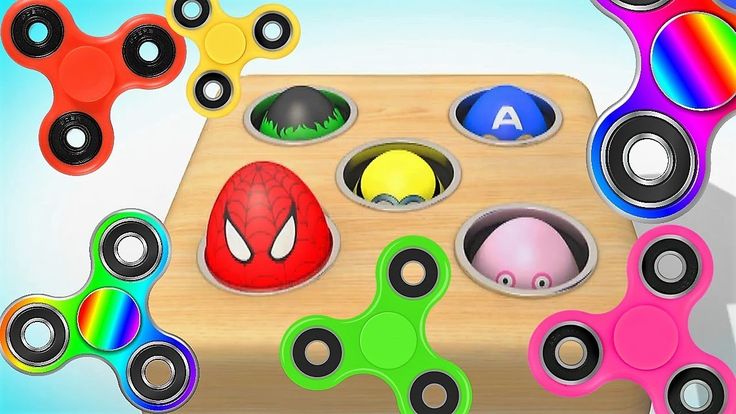 Like toys geared for children, children’s books are a natural opportunity to not only teach children the differences between the colors and to identify them, but to also forget that connection between the written words and the colors they represent. The best children’s books to teach color combine a child’s interest, with a great story, and colorful illustrations making reading experience completely enjoyable. Children’s Book Guide.com has a great list of children’s books that will provide many opportunities for parents and educators to teach color to children without them even realizing that a lesson is at hand.
Like toys geared for children, children’s books are a natural opportunity to not only teach children the differences between the colors and to identify them, but to also forget that connection between the written words and the colors they represent. The best children’s books to teach color combine a child’s interest, with a great story, and colorful illustrations making reading experience completely enjoyable. Children’s Book Guide.com has a great list of children’s books that will provide many opportunities for parents and educators to teach color to children without them even realizing that a lesson is at hand.
One of our favorites from the list is Eric Carles’ “Brown Bear, Brown Bear, What Do You See” Considered a staple in many a preschool classroom, this classic has been a must have for children learning about color since its publication as Carle’s first illustrated children’s book in 1967. Republished in 2007, “Brown Bear, Brown Bear, What Do You See” is not the only one of Carle’s books that can be used to teach children colors.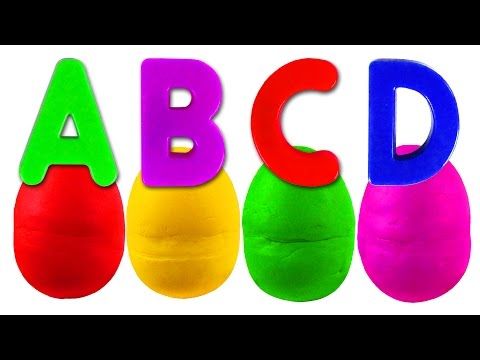 Known for his creative use of collage in his illustrations, Carle’s books go past a more generic use of flat colors, and allow children to experience nuance, patterns and a range of shades all in one color.
Known for his creative use of collage in his illustrations, Carle’s books go past a more generic use of flat colors, and allow children to experience nuance, patterns and a range of shades all in one color.
Games that Teach Children About Color
Along with books, many games use color in part to make them attractive to children while teaching them about color.
The classic children’s game, Candyland, is often a child’s first board game because of its use of color. Naturally appealing with its sugar coated fantasy, the board game doesn’t use a counter or dice, but color cards that dictate the child’s next move on the board. Along with color matching, Candyland also teaches counting skills, strategy, social skills and spatial reason to young children.
Color matching memory games are another way to induced color learning to children with a game. Based off the typical matching game of remembering where two like cards are to make a pair, preschool children have to compare colors and match the same ones together to win. Another game geared towards teaching child to match colors is dominoes. By removing the dots that require counting and increasing the size, Jumbo Color Dominoes.
Another game geared towards teaching child to match colors is dominoes. By removing the dots that require counting and increasing the size, Jumbo Color Dominoes.
Children Learning with Colors Flashcards
Since learning colors is such an important part of every child’s early education, schools and parents often turn to the more educational minded color flashcards. Color flashcards run a range from just focusing on color to inducing the words along with color as pre reading skills. Often color flashcards use shapes and teach basic counting skills along with color recognition. There are many different kinds of flashcards geared towards teaching children about color. They can be purchased directly, downloaded and printed form online sources, or crafty parents can even make their own with color card stock.
Teaching Kids Color Online:
While so many of the tools used to teach children about colors are “classic” the internet and online games have also provided excellent opportunities for children to learn about colors.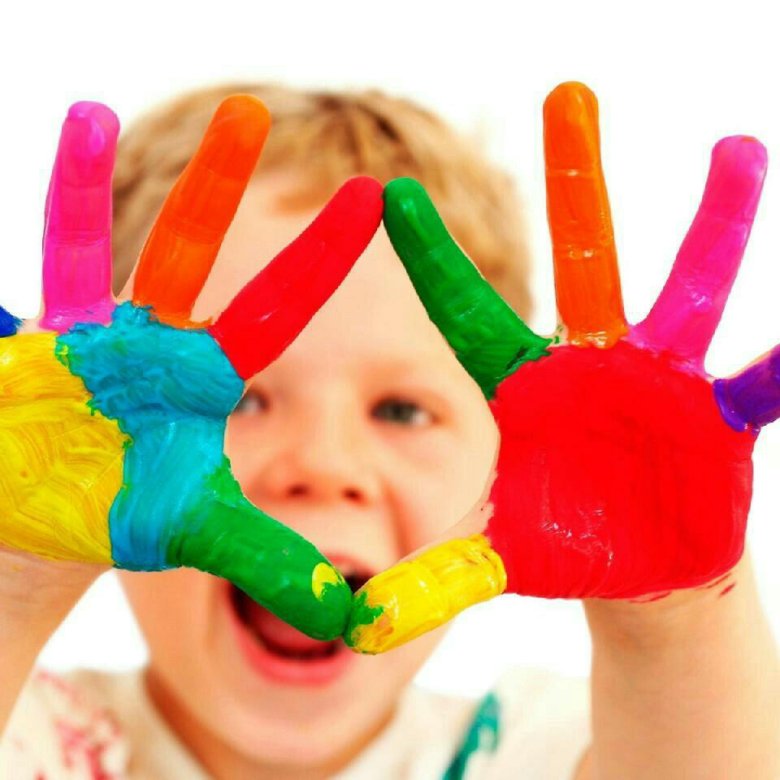 Some online color education tools focus on specific color skill like color recognition, matching and color concentration and might require the child to have some reading ability. Other’s such as Fishers Price’s Color and Shape game plays more like an interactive video and requires the very basic computer skills.
Some online color education tools focus on specific color skill like color recognition, matching and color concentration and might require the child to have some reading ability. Other’s such as Fishers Price’s Color and Shape game plays more like an interactive video and requires the very basic computer skills.
Teaching Color to Children Everyday
Of course, since color is a part of everyday life, there are many opportunities to teach children about color during every day living. One way to teach children about color is to pick a new color each week and completely focus on that color with your food choices, activities, etc.
So, no matter what color you pick for the week, enjoy bringing the beauty of color to a young person while you teach a child about color. Do you have a favorite book or game that teaches color? We would love to hear your recommendations.
Posted by Albert Munsell.
When Do Kids Learn Colors? All In Good Time!
What age do kids learn colors can be a complicated question to answer. For children, learning colors is an involved process that takes time. To answer your question, we will provide some guidelines, milestones, and color activities to support your child's color learning.
For children, learning colors is an involved process that takes time. To answer your question, we will provide some guidelines, milestones, and color activities to support your child's color learning.
So when do kids start learning colors? Early! Babies begin to observe color as early as four months. Do you recall how your baby was drawn to bright colors? This natural attraction is why so many children's clothing and toys are brightly colored. By visually stimulating their interest in color early, helps their ability to recognize the colors later.
Color Learning For Toddlers
You might be asking, at what age do toddlers learn colors? No toddler is the same, but typically by 18 months, they will be able to recognize some colors. Yet, as with other developmental milestones, this timing will vary by child. Toddlers begin to grasp the world of color over time and at their own speed. Although they have started to see the color differences, it takes a while for them to understand and complete activities based on color, such as sorting and matching.
Do not be concerned if your toddler uses the color words but does not correctly match them with an object as this is part of the learning process. For instance, your child calls their green dump truck - "blue". Soon enough, the pieces will come together, and they will be able to match the color name accurately with the color.
Kids learn colors best through hands-on exploration, play activities, and everyday conversation. Color recognition and knowledge take practice. Make it fun and part of their daily activities. Start by asking your toddler to find colors non-verbally. For example, while at the park, you might say, "Do you see a blue ball?" and wait for them to point to it. If they are wearing red shoes, ask them if they see anything else the same color. With their limited language skills, they probably cannot name the color verbally, but you might be surprised to find they can identify it.
When Should Kids Know Colors?
As your youngster approaches three years of age, the concept of color begins to take shape.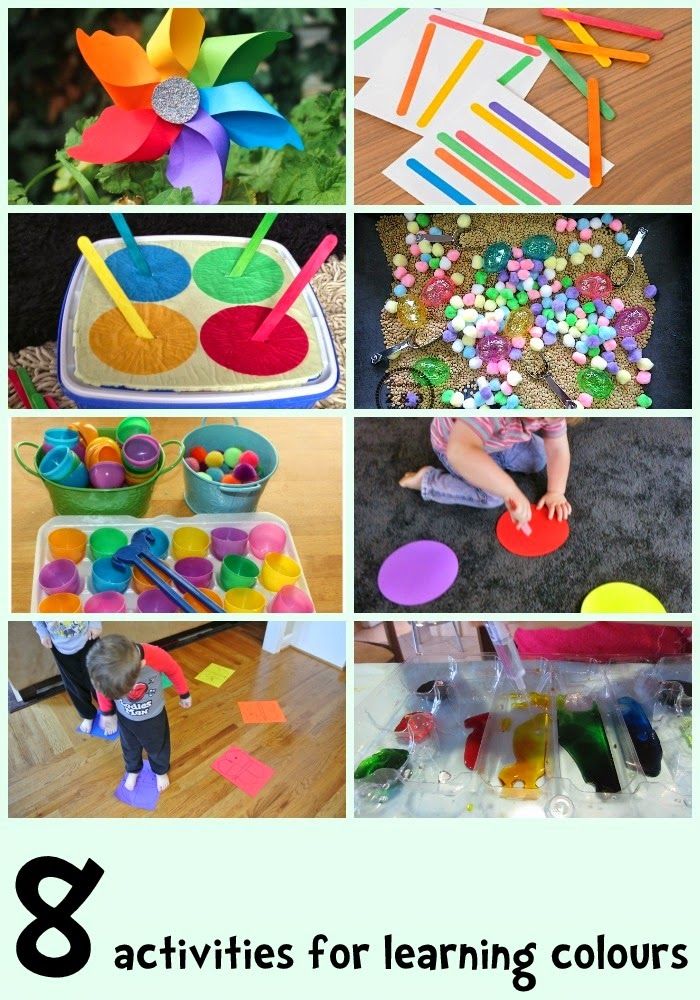 You will want to continue to ask questions like, "Can you show me the blue triangle?". As they start to name the colors, you can reverse the process. You might point to an object and ask, "What color is this block?" Should they miss one, don't pretend they are right or say, "That's wrong." Instead, in an encouraging tone, say the correct color.
You will want to continue to ask questions like, "Can you show me the blue triangle?". As they start to name the colors, you can reverse the process. You might point to an object and ask, "What color is this block?" Should they miss one, don't pretend they are right or say, "That's wrong." Instead, in an encouraging tone, say the correct color.
Most kids will know at least one color by age three and by mid-year may be able to name more while most 4-year-olds know and can point to even more colors. It is essential to keep adding fun color activities and references in everyday chats. For example, "What color shoes do you want to wear to the library?" or "Let's find your yellow pants?" When reading a book, you might ask, "What color is the flower?" or "Can you find the green car?"
Kids learn colors at their own speed. Some will first master the matching; others might be able to identify the color by pointing. In contrast, others may be able to use the color name but not associate it with the correct color. Don't worry! It will all come together in time.
Don't worry! It will all come together in time.
Color And Learning
Sometimes children may appear to know their colors more than they genuinely do. Often kids associate the color with the noun object. It becomes important to expose them to various items of the same color and vice versa. For instance, if your child is working on the color green, then present them with a green square, a green ball, and a green crayon. Next time reverse it and use a green square, a red square, and a blue square to see if they can identify the green from the other colors. If you always use the "green square," it becomes difficult for the child to separate the object name (square) from the color name (green).
Language skills also influence the rate at which kids learn their colors. Some may know color words but do not understand how to match them correctly. Children not only need to learn the color names but also how to identify and match them. If you said show me something blue, they should be able to point to it.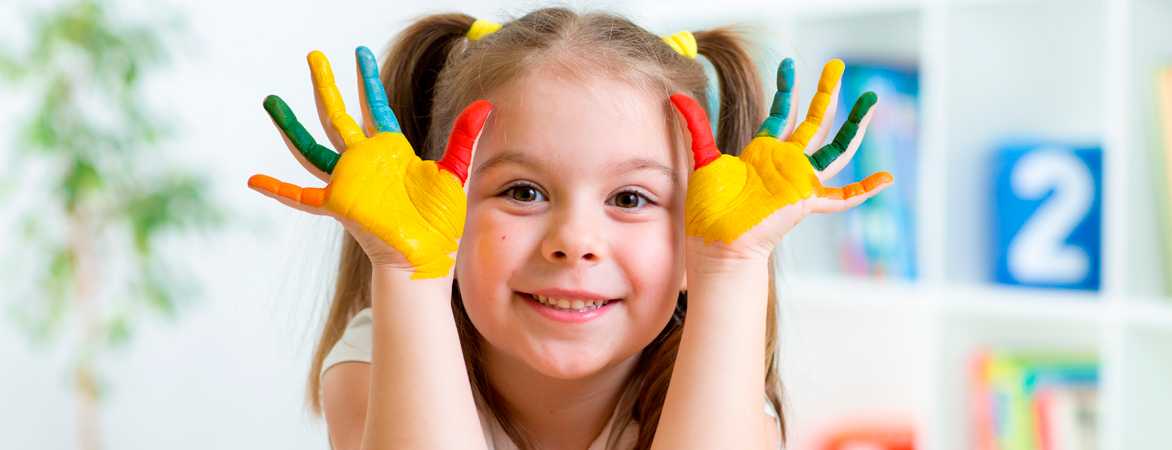 They should also be able to find many items in the same color, like a red ball and red crayon. Finally, if you asked what color the square is, they should be able to name the color.
They should also be able to find many items in the same color, like a red ball and red crayon. Finally, if you asked what color the square is, they should be able to name the color.
As your child gets to know their colors, you may want to mix things up. Try using the color words both before and after the object. For example, "This is a red ball, or the ball is red.". This simple change helps them to grasp the meaning of color better. If you are confident that your child has a good understanding of their colors, try using the wrong color and let them correct you. For instance, say, "Wow, those are pretty pink flowers!" and they will likely correct you and say, "That's crazy, those flowers are orange!"
Color Milestones
Some parents might become concerned about whether their children are developing on schedule. Remember that learning color can be a difficult concept and requires time. Be patient! If it helps ease your mind, use the milestone that by age three, they know at least one color and several by age four.
Also, if you notice your four-year-old names the same color consistently incorrect, like calling a purple marker blue or is having trouble learning specific colors, talk to your child's doctor. They can determine if your child should be tested for color blindness before they start school. That way, teachers and parents can develop a plan, so it does not interfere with learning.
Color Activities
We live in a color-filled world, so it is easy to expose your child to the concepts of color. Children can begin to build color skills by becoming aware of the colors in their surroundings. For example, when you are out, think about the color of the signs, vehicles, buildings, or landscape. Point out things like the green grass, the red stop sign, the blue building, or the yellow car.
Also, below are some exciting hands-on color activities for kids to expose your child to the world of color.
Color Matching GamesTypically, one of the first color skills learned is color matching. Ironically, this coincides with their ability to observe sizes, shapes, and textures, which at times may confuse the color learning process.
Ironically, this coincides with their ability to observe sizes, shapes, and textures, which at times may confuse the color learning process.
Color Hunt
This activity involves placing objects of one color (say blue) around the room. Then give your child a matching colored basket and let them hunt for things that are blue to put in the basket.
Rainbow Blocks Matching
One easy way to encourage color matching is to take colored sheets of paper and place them on the floor. Then have your child take their rainbow blocks and place each one on the matching sheet of paper. Start with one or two colors until they master the idea then add more.
Color Sorting ActivitiesSorting is another form of matching. Children naturally love to sort and organize things.
Group By Color
Have them group multiple items by color, like a green apple with a green rubber frog, or a blue crayon with a blue block. This activity reinforces the separation of the color name and the noun object.
Find The Colored Blocks
Another entertaining way to get the kids involved is to ask them to find all the "red blocks" and put them on the shelf or in the basket. Each time choose a different color. This activity isolates your child's focus on one color at a time.
Sorting Blocks (Or Socks!)
Grab some multi-colored blocks and have your child divide them by color into piles. Youngsters love to help, so you could also have them separate and pair socks by color. These activities help strengthen the concepts of color.
Color Pointing ActivitiesTry "pointing to colors" games. These activities are great for mastering their colors anywhere and at any time.
I Spy
Using the "I Spy" format, you can ask your child to point out different colors. For instance, you could say, "I spy with my little eye, something that is red," then wait for your child to point to something red. This game is enjoyable with no pressure and helps them increase their color understanding in real-life settings.
Grocery Store Point
While grocery shopping, your child can point to and name the color of the items you place in your cart.
Color Naming ActivitiesOnce your child has begun to grasp the matching, sorting, and pointing ideas, you can try some color naming activities. To start learning color words, focus on two to three (primary or secondary), adding more as they become proficient.
Color Books, Puzzles, and Board Games
These activities help solidify their color naming skills while spending some quality time together.
Color Hop
This activity is fun, whether you are inside or out. If outside, draw some colored circles using chalk. If you are playing indoors, you can use colored paper or carpet tiles to create some squares.
Next, play some music while the kids hop from one color circle or square to another. When the music stops, have each child name the color of the circle or square they landed on. This game helps them separate the shapes from the colors.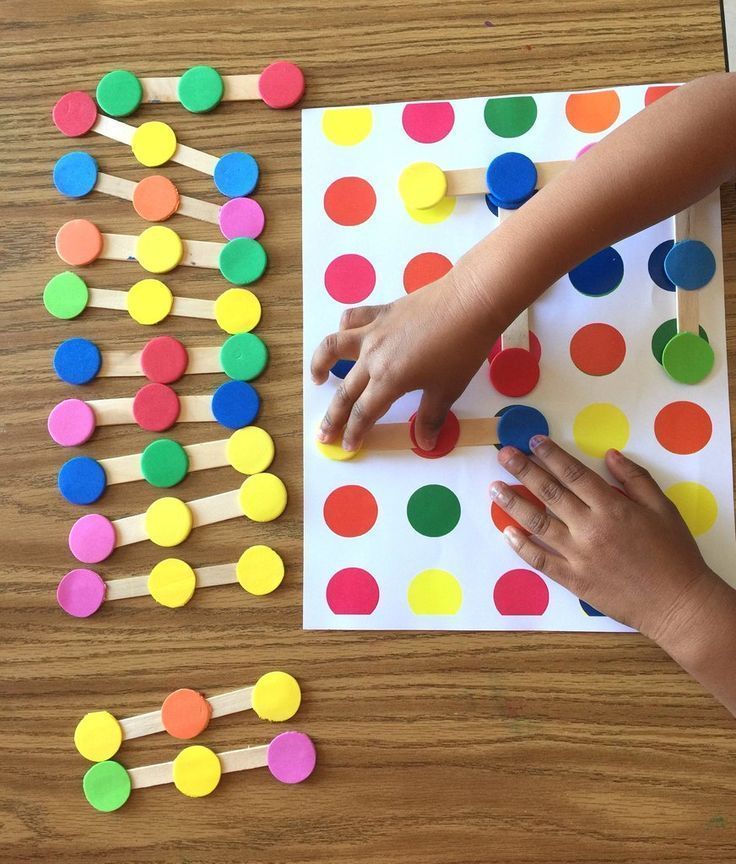
With preschoolers, you can begin combining colors to see what happens while expanding their color knowledge.
Playdough Color Mixing
Playdough makes an ideal first medium for color mixing activities. Make some playdough in a variety of bright colors. Then together experiment by blending different colors.
Start with primary colors and ask, "What do think will happen if we mix the blue and the yellow?".
Color Mixing Paint
Painting with your kids is an interactive way to immerse them into understanding colors. Start with a single primary color and work your way up to multiple colors.
As you add more colors, begin mixing them and forming new colors. Add some bling to the project by including items, like glitter, pom-poms, and colored craft sticks. Let them freely explore their imagination and creativity.
Color Games For KidsHere are a few lively color learning games to play and explore color, whether outside or in.
Color Relay
Fill two large buckets with various colored blocks. Then call out a color and have the kids run down to the bucket, grab the correct colored block to bring back to you.
If it is a hot day and you want to mix it up and add some water play. Simply fill the buckets with colored water balloons that they can break and splash when grab the correct colored balloon.
Color Scavenger Hunt
Draw or attach colored squares to the front of white paper lunch sacks. Choose how many and which colors, depending on the age of the kids. Use a few primary colors for younger children.
For older kids, you can add secondary colors, black, white, and brown. Then send them out into the yard to collect items in their bag that match the colored squares.
The idea is to find at least one thing for each color. Then gather in a circle, having each child match and share what they found for each color.
Red Light, Green Light
This game is quick and easy, using colored sheets of paper in red and green. Hold up the green sheet, and have the children start walking towards you. When you hold up the red, they have to stop. The goal is to make it to you first.
Hold up the green sheet, and have the children start walking towards you. When you hold up the red, they have to stop. The goal is to make it to you first.
There you have it. Learning colors can be a lot of fun for all ages. While there is no absolute timeline, we did provide a few guidelines to help you answer the question, "When do kids learn colors?" For some enjoyable color sorting, matching and mixing grab a set of Wooden Blocks for Toddlers - Rainbow Blocks, Jr.
Learning colors: how to teach a child to distinguish colors and shades
It is generally accepted that by the age of three a child should learn to distinguish between primary colors. This skill is an important part of sensory development, it gives the child the opportunity to see the world in a new way. Often, if the baby does not know or confuse colors, parents have concerns about the pace of development of the child. Do I need to worry if the study of colors is not easy for a child? How to teach a child to distinguish colors? You will find answers to these questions in our article.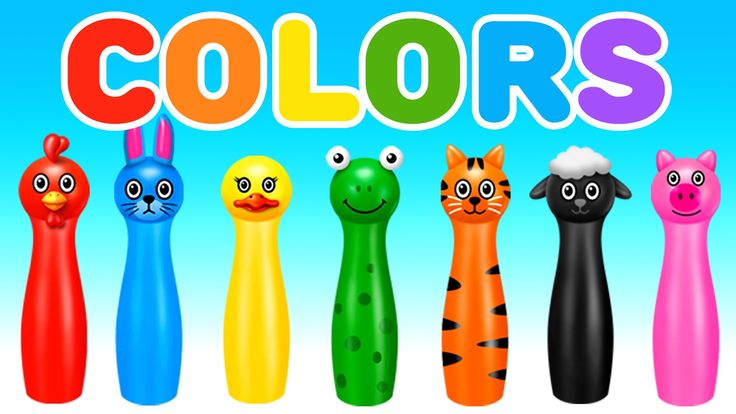
At what age does a child begin to see colors?
Studies have shown that children begin to perceive colors by 2-3 months. The first colors a child sees are yellow, orange, red, green. At this age, babies can already react differently to their toys of different colors (for example, a red rattle can please a child more than a blue one), look at bright pictures with enthusiasm. The baby's world quickly acquires colors, but if we talk about the ability to consciously find an object of the right color, then usually it appears in children at the age of one and a half. It is at this age that it is optimal to start learning colors in a playful way. You can voice the names of flowers to a child for up to a year, this will only benefit him. But do not demand too much from the baby, remember that his brain is actively developing, and as soon as the time comes, you will certainly see the results.
To see if your child is ready to learn colors by playing with building blocks, ask your child to point to a part that is the same color as yours.
If the baby can find objects of the same color, then he is quite ready to memorize the names of colors.
Learning colors in everyday life
Children get most of their knowledge about the world in everyday life: communicating with adults and peers, observing nature, playing. The study of flowers is no exception. Sometimes a child does not need to do special exercises to learn to recognize colors. For this, it is enough that he hears the name of the color and associates it with a specific thing. During daily activities, voice for the child what color the objects are around. Whether you are drawing, playing with blocks, looking at cars in the yard, reading, swimming, eating, dressing - in each of these situations, you can gently teach your child to distinguish colors.
It is important that the study of colors does not turn into torture. You should not constantly test the child's knowledge by asking him which color is which.
Soon the baby may just start to ignore you. “Let's paint the sun yellow!”, “What a delicious green cucumber!”, “Oh, where did the blue cube go? Here he is!" are examples of how you can gently help your child remember colors.
Games for learning colors and their shades
In order to get your baby interested in learning colors or to reinforce the knowledge they already have, you can offer your child to play special “color” games.
Color Sorting
Sorting games are designed to help children learn to group objects by color. Any materials at hand can be items for sorting: toys, covers, designer parts, cubes, buttons, cereals, pencils, etc. You can organize the game in various ways:
You can come up with as many options for sorting by color, it all depends on your imagination. So that the child does not lose interest in the task, connect the plot of the game with his favorite characters, toys (for example, a cat will eat from a yellow bowl, and a baby elephant from a red one, etc. ).
).
Match a Pair
Help your child learn colors with the Match a Pair series. Ask your child to find a petal for a bug, a pot for a flower, a roof for a house, etc. You can present the baby with a deliberately wrong option and ask to correct the mistakes.
Pick up a patch
Show the child the picture with the missing details. Ask him to fill in the gaps (this can be done with plasticine, pom-poms, caps, cards, etc.).
Color Lotto
At the age of about one year, children begin to be interested in various lottos. In the color lotto, the task is to collect pictures of the same color on the card.
Colored Sensory Boxes
Create a sensory box for your baby where everything is the same color. During the game, the child will be able not only to remember the color that he sees, but also to develop fine motor skills, tactile sensitivity, thinking, and imagination.
Color days
This is one of the most interesting and popular ways to teach your child to distinguish colors. Its essence is that during the day (or several days) you draw the child's attention to objects of a certain color. For example, on a yellow day, you can dress in yellow clothes, play with yellow toys, draw a yellow chicken. Surrounded by one color, the baby will easily remember it.
Its essence is that during the day (or several days) you draw the child's attention to objects of a certain color. For example, on a yellow day, you can dress in yellow clothes, play with yellow toys, draw a yellow chicken. Surrounded by one color, the baby will easily remember it.
Cards for learning colors
You can learn colors with your child using cards. With the help of Doman's "Colors" cards, you can introduce your baby not only to the main colors, but also to different shades. It is important not to overload the child with unnecessary information about the names of 10 shades of green or red. Learn only those shades whose names you can use in the game and life.
Board games for learning colors
Board games are a great way to learn about colors and consolidate knowledge about them. Currently, the stores offer a wide range of similar games for every taste and budget. Choose a game that suits your child.
Educational cartoons
There are many educational cartoons on the Internet that will help your child memorize colors quickly. Here is one of them:
Here is one of them:
Educational books
If your little one loves to listen to stories and look at pictures, this is the way for you. We all remember the wonderful story of V.G. Suteev "Rooster and paints", by S.Ya. Marshak has a whole “Colorful book”. You can also find many educational books that will become your faithful assistants.
Conclusions
We have listed for you different color learning games. In order for a child to master the concept of color well, it is worth adhering to a number of principles: do not rush the baby, provide a variety of material for games, discuss what you see.
Conclusion
You can start studying colors from an early age, the main thing is that it is interesting for the child. It is impossible to specify clear age limits when a child should learn primary colors. This process, like all development, is individual for each baby. The Sozvezdie Development Center has created a Montessori environment for kids, aimed at the comprehensive development of the child. In the classes "Together with Mom" children in a playful way get acquainted with the concepts of color, shape and size, do thematic creative work. You can learn from our teachers how to interest a child in an activity and how to properly present him with cognitive information. Develop with us!
The Sozvezdie Development Center has created a Montessori environment for kids, aimed at the comprehensive development of the child. In the classes "Together with Mom" children in a playful way get acquainted with the concepts of color, shape and size, do thematic creative work. You can learn from our teachers how to interest a child in an activity and how to properly present him with cognitive information. Develop with us!
Prepared by a Montessori teacher
Sokolova Oksana
At what age should children know colors? How to teach a child to distinguish colors?
- April 22, 2019
- preschool children
- Svetlana Funtova
When it comes to the development of a child, most parents become obsessed, to put it mildly. They worry about when the baby should start walking, talking, at what age children should know colors and shapes. Such a characteristic as color is not isolated enough, so the child needs time to master it. Thanks to the following recommendations and the games presented, any parent will be able to quickly teach their child to distinguish and name shades.
Such a characteristic as color is not isolated enough, so the child needs time to master it. Thanks to the following recommendations and the games presented, any parent will be able to quickly teach their child to distinguish and name shades.
When to teach a child to distinguish colors
Children know that objects have their own color from infancy. However, they cannot tell this until they learn to speak. Therefore, babies are able to distinguish and name colors well only when they reach a certain level of development.
Pediatricians and child psychologists recommend starting the learning process as early as possible, as this contributes to the active work of the brain and the intensive accumulation of information that will later be better absorbed and applied. To properly approach the issue of education, parents need to know at what age children distinguish colors:
- black and white - first 1-2 months;
- yellow and red - from 3-4 months;
- green and blue from 4 months;
- exploration of space and understanding of colors that are far away - 5-8 months;
- at 9-12 months the child sees all colors at any distance, may give preference to any shade.

It is from the age of four months that the baby can distinguish between bright and dull shades, large and small objects. At this time, the child is already clearly oriented whether there is a color or not. We have analyzed when the child begins to distinguish colors. But when to teach, what are they called?
Children as young as 2 years of age can start memorizing shades, and many toddlers are not yet talking. If at this age the child is not able to sort objects by shape, size and color, do not worry. With regular classes, by the age of three, the baby will be able to name objects and give them the simplest description in color and shape. Within the normal range, if he is confused or mistaken.
According to psychologists, preschool children may show color perception disorders. The cause for concern is that by the age of 7 the child has not learned to distinguish colors.
Color Introductory Guidelines
Psychologists and caregivers can tell parents at what age children should know colors and help with individual lessons for a particular baby. In some cases, children are not able to correctly distinguish shades until they are three or four years old. However, starting from a year and a half, you can try tasks for determining colors.
In some cases, children are not able to correctly distinguish shades until they are three or four years old. However, starting from a year and a half, you can try tasks for determining colors.
The study of colors can be divided into several stages. Before you start learning the names of shades, you need to make sure that the baby can distinguish them.
At two years of age, children are given simple exercises to sort objects by color. They start with 2-3 colors, for example black and white, while it is important that the objects are the same. That is, the baby should try to separate mugs of 2 colors, red and white beans, etc. By the way, this exercise develops motor skills well.
After mastering such sorting, they proceed to more complex exercises. One of them is sorting colorful objects with a spoon or tweezers. This activity is suitable for children from the age of 3 years, when coordination of movements is well developed.
Stages of learning colors
When parents are sure that the baby has mastered the basic colors, they begin to learn their names. Montessori pedagogy offers learning in three stages. To do this, you will need three objects that are different in color, but similar in shape and size:
Montessori pedagogy offers learning in three stages. To do this, you will need three objects that are different in color, but similar in shape and size:
- An adult shows an object and names the colors of each of them.
- Then he asks: where is blue? Yellow? Red?
- An adult takes an object and asks what color it is.
If the child answers incorrectly, it means that it is too early to move on to the next stage and you need to master the previous stage.
Parents often ask at what age children should know colors and complete steps without mistakes. It is believed that a child at 3-4 years old should know the primary colors and be able to distinguish and associate them. For example, yellow is associated with the sun and chicken.
Educational games
We looked at the age at which children should know colors. This is 3-4 years. To make it easier for a child to master knowledge, teachers offer to play such games:0003
- Bright boxes.
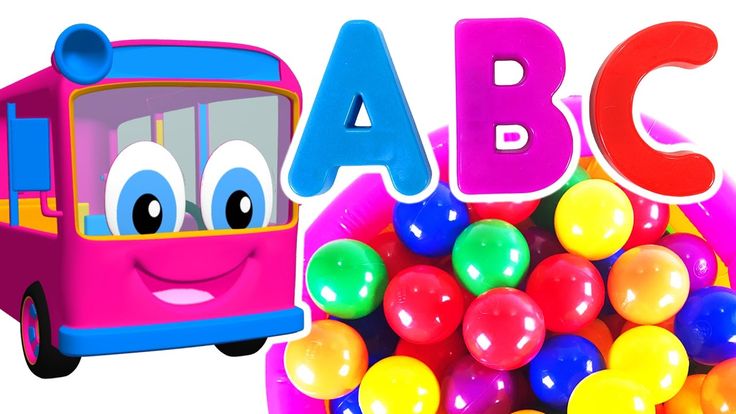 The essence of the game is quite simple: you need to take two shoe boxes and paste over with colored paper. The kid is offered to collect toys of a certain color in the appropriate box.
The essence of the game is quite simple: you need to take two shoe boxes and paste over with colored paper. The kid is offered to collect toys of a certain color in the appropriate box. - Pyramid. They buy a pyramid with multi-colored rings and collect it together with the child. Stringing each ring, the baby pronounces the color. This game will help the child learn not only colors, but also the concepts of "more", "less".
- Constructor. The child is offered not the usual construction, but the sorting of blocks by color. You can build a yellow road, red and green houses, brown towers.
- Cards. This method is the basis of development for young children, developed by Glen Doman. Cards are cut out of colored paper and glued onto cardboard for density. The baby is shown a color and its name is clearly pronounced. The advantage of this game is that learning can start from an early age. Later, when the child has mastered speech skills, you can get feedback and ask for the names of colors.

- Mosaic. In stores you can find a floor mosaic, working with which the child will learn to determine the color and develop fine motor skills.
- Miracle butterflies. Four butterflies and flowers are cut out of colored cardboard. Flowers are laid out on the table, and butterflies are given to the child. Then the task is voiced: “Plant a yellow butterfly on a yellow flower, a red one on a red one,” and so on. Over time, the task is complicated by making flowers and butterflies two-color.
- Magic rainbow. A large drawing paper is drawn into seven stripes. This is the future rainbow. Different details are glued to each strip in the form of pieces of fabric, leaves, buttons of a certain shade.
Color learning toys
At the age of one and a half, when children begin to distinguish colors, parents should start getting to know each other.
It is best to use bright toys and aids in the learning process. Some of them have already been mentioned: construction set, mosaic, pyramid, but there are other equally exciting toys:
- cubes;
- fruits and vegetables, of plastics;
- dry pool balls;
- colored buttons;
- pencils and coloring books.
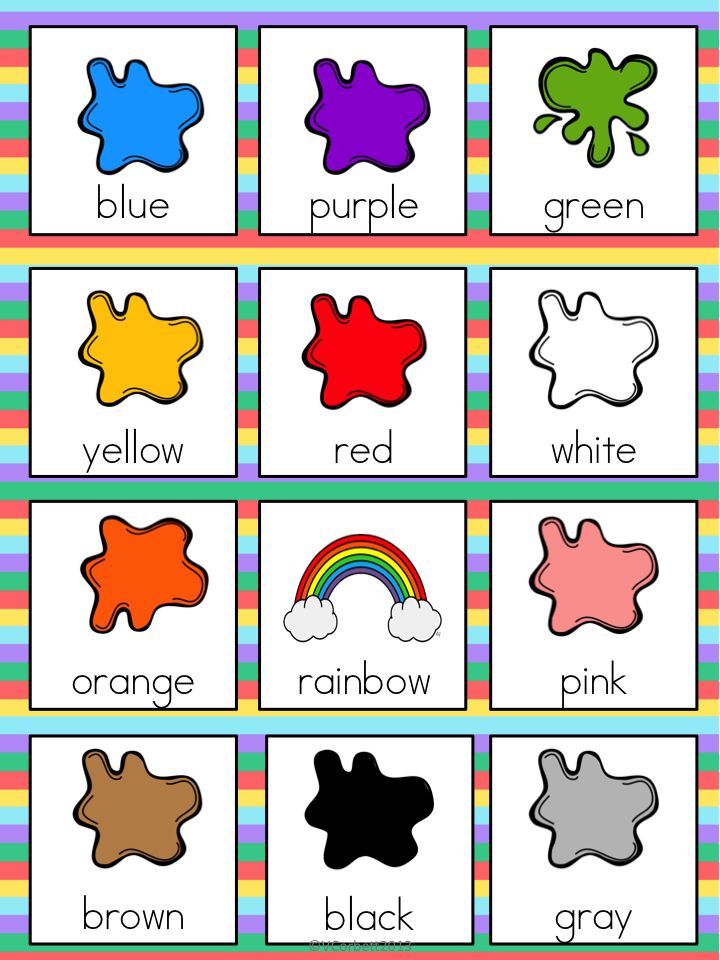
Color Days Game
If you already know how old a child should know colors and want to start learning, we offer an interesting game. It has become widespread among mothers, its meaning lies in the fact that within one day or a week the child constantly gets acquainted with one color.
With this color learning method, your baby will quickly learn the shades without too much pressure. For example, on "green day" the child plays with toys of this color and puts on clothes in green tones.
How else to focus the child's attention on a certain color:
- during a walk, you need to pay the baby's attention to objects of the color corresponding to the day;
- mold plasticine into figures or pictures of this shade;
- find and play with toys of the selected color;
- include more foods of this color in the diet;
- play color lotto.
Other games for 4-5 year olds
We found out when a child should know colors. This is 3-4 years old. But you need to consolidate the knowledge gained later. The process of teaching children is easier and more interesting if you turn it into a game. The presented games will not only please the child, but also allow you to learn colors:
This is 3-4 years old. But you need to consolidate the knowledge gained later. The process of teaching children is easier and more interesting if you turn it into a game. The presented games will not only please the child, but also allow you to learn colors:
- "Confusion". To play, you will need several colored pens with caps or felt-tip pens. The task is to choose the appropriate cap for each pen. An adult may intentionally mix up the colors, the baby will certainly notice and correct the mistake.
- "Superfluous". The child is given several objects of the same color and one of the other, for example, 5 yellow cubes and one green. The kid should show an extra cube and name its color. For older children, make the game more difficult by providing two-color items.
- "Pair". This game is especially liked by children. The child is offered to find a pair of objects of the corresponding color. For example, wheels for a car, a roof for a house. There is another variation of the game: incorrectly paired socks or shoes cut out of colored paper are laid out in front of the child and asked to correct the mistakes.

Doman Flashcards
One of the easiest and most effective ways to teach your child to recognize colors is to use Doman Flashcards. Young parents will not need to spend a lot of effort and time on the learning process, the result will be noticeable in the shortest possible time. However, it needs to be fixed from time to time.
What to do if the baby is confused?
Often, despite all the efforts of parents to develop color perception in a child, everything ends in vain. The baby continues to confuse colors or completely forgets their names. Then parents turn to specialists with the question at what age the child distinguishes colors and how to solve the problem.
The reasons why this happens in children can be very different. Consider the most common of them:
- Each child develops differently. One kid at the age of one and a half years adds up sentences, the other at two and a half years is silent. You can not compare all children, each individual.



